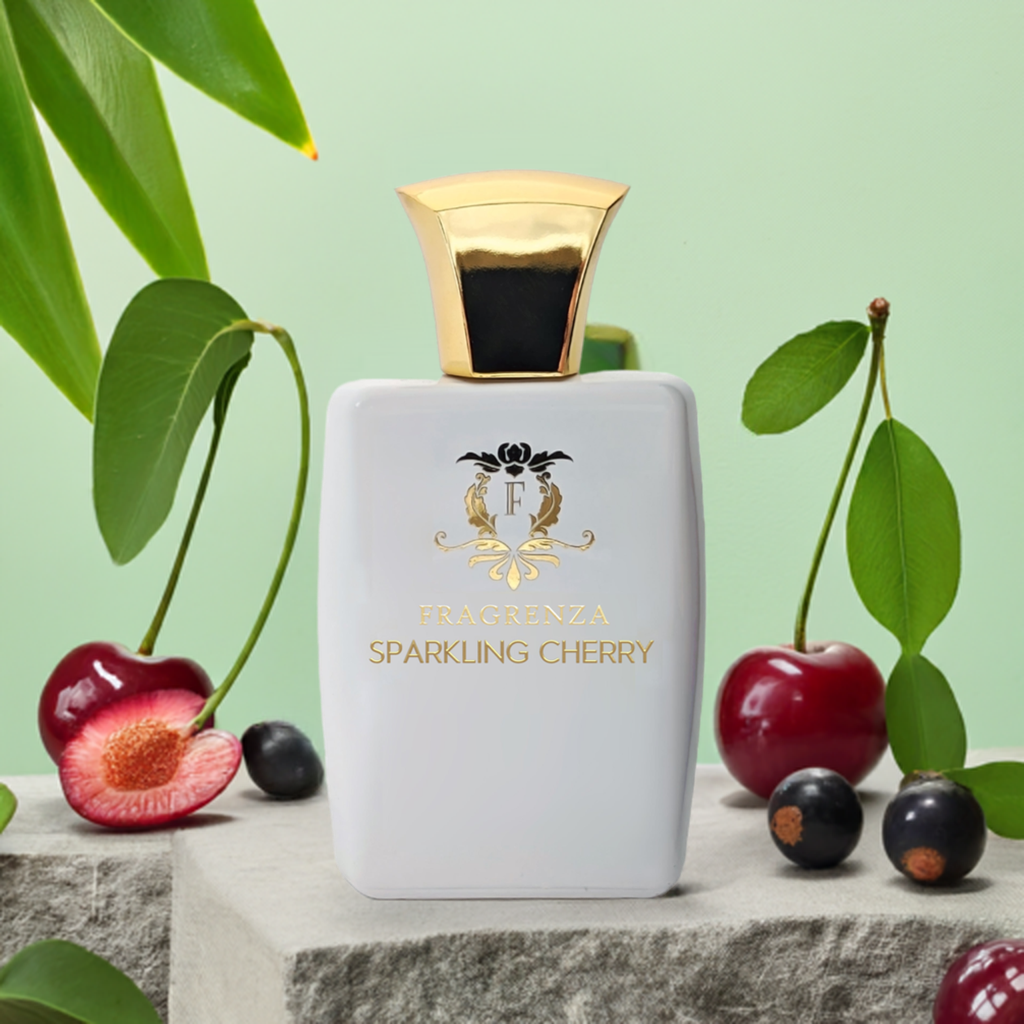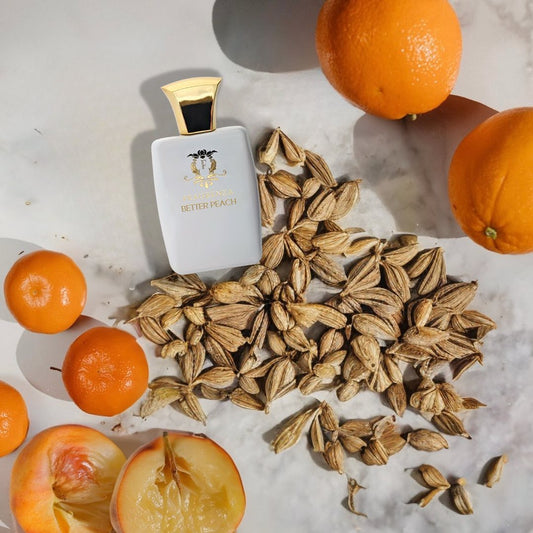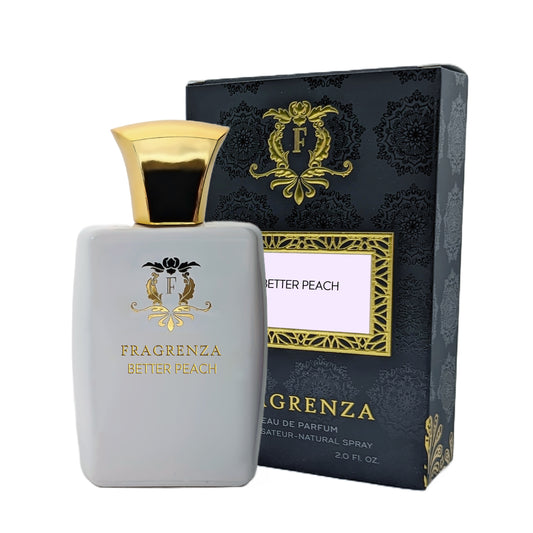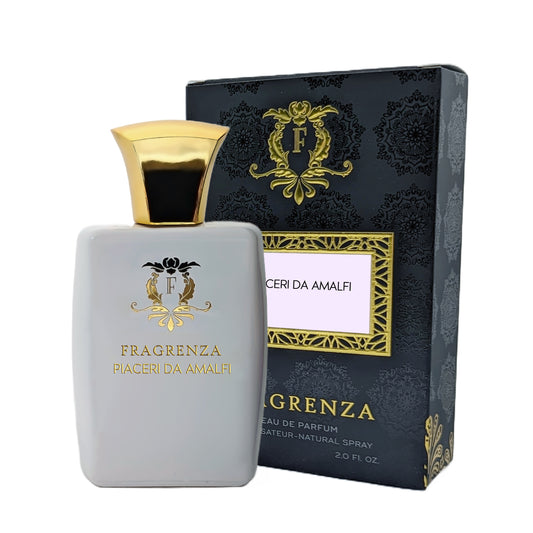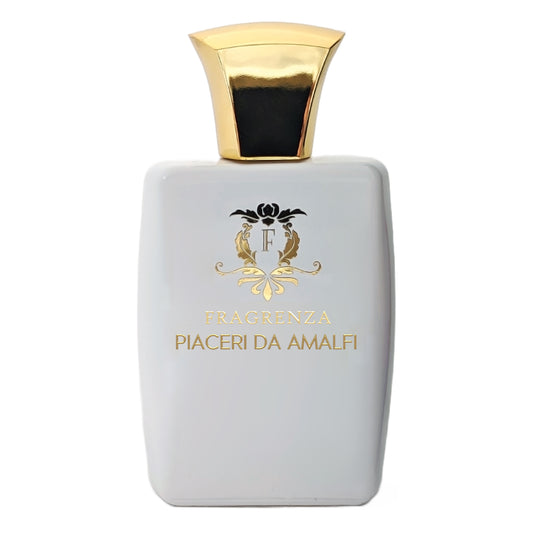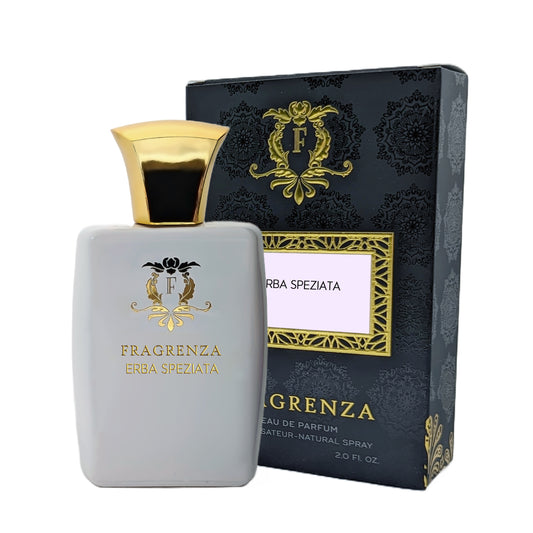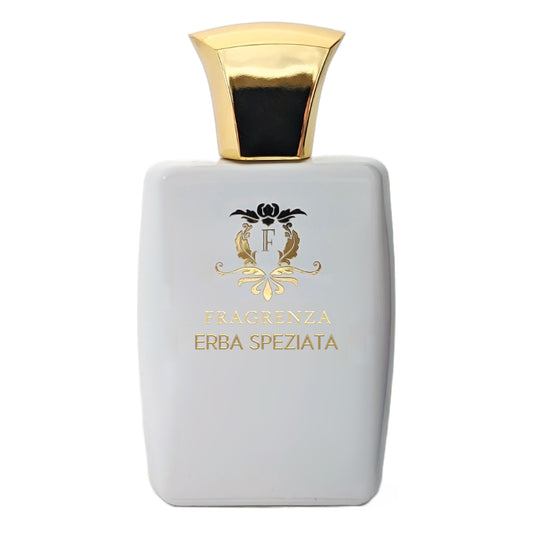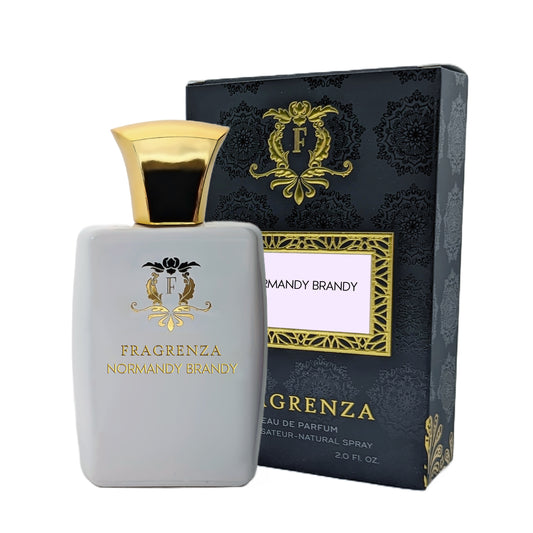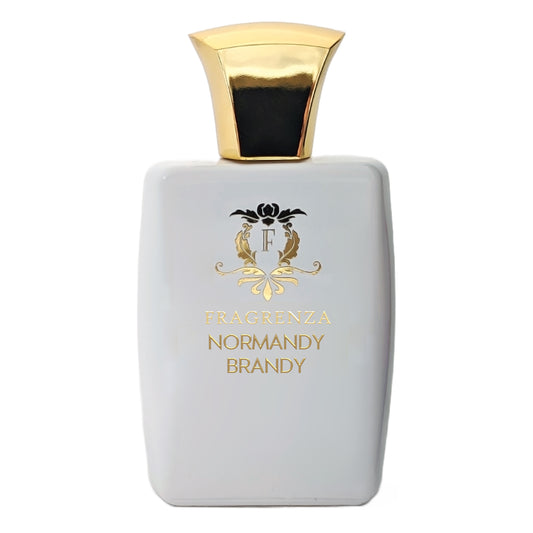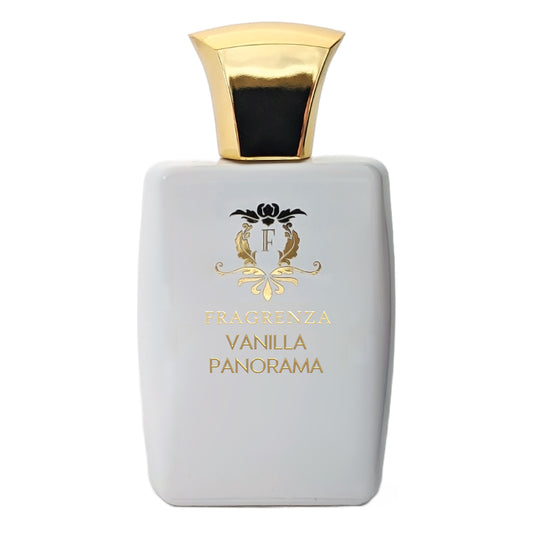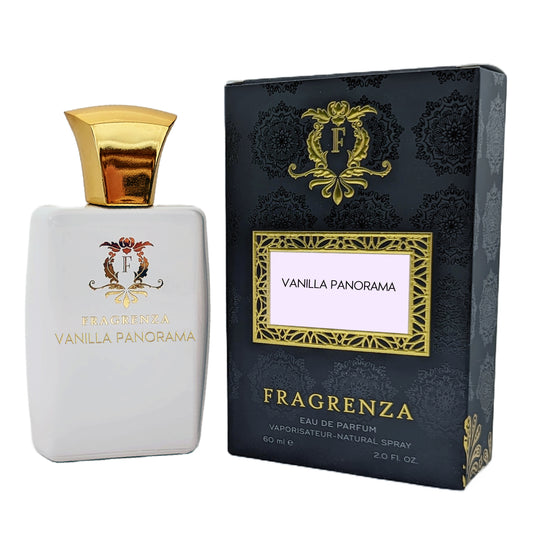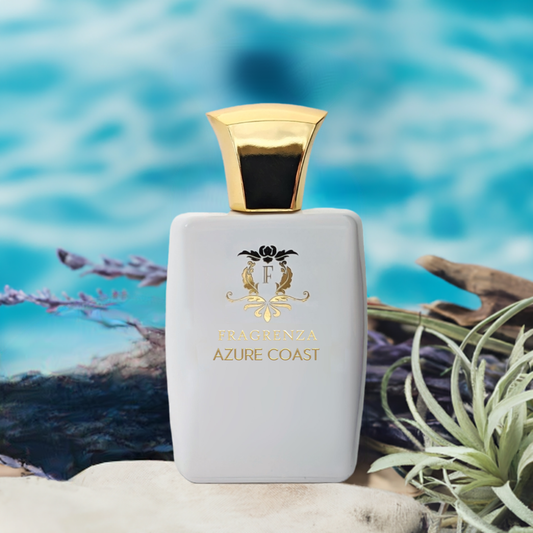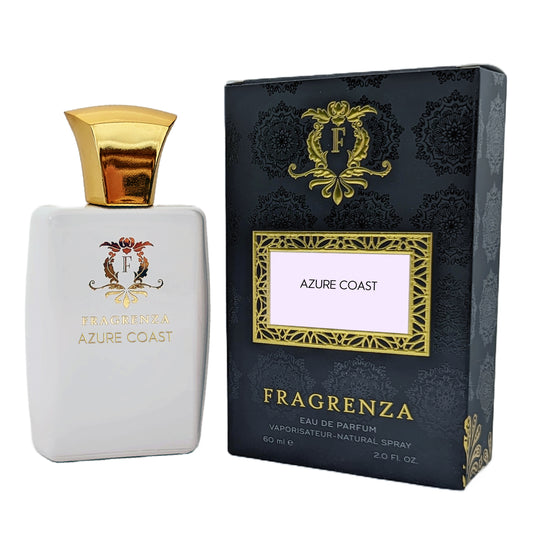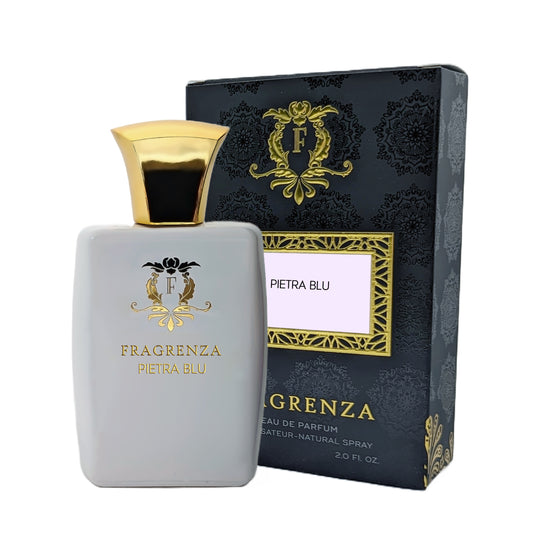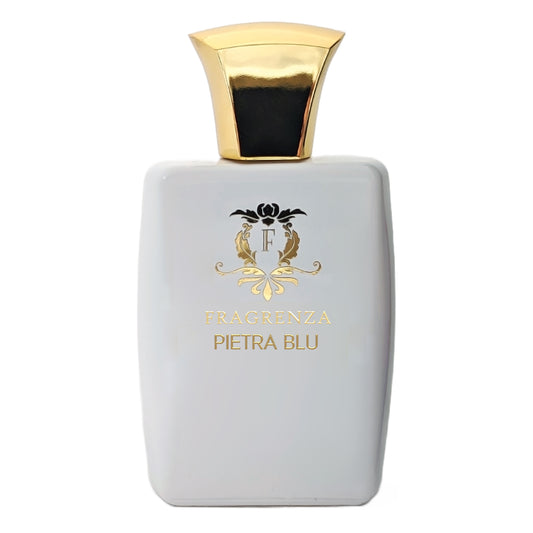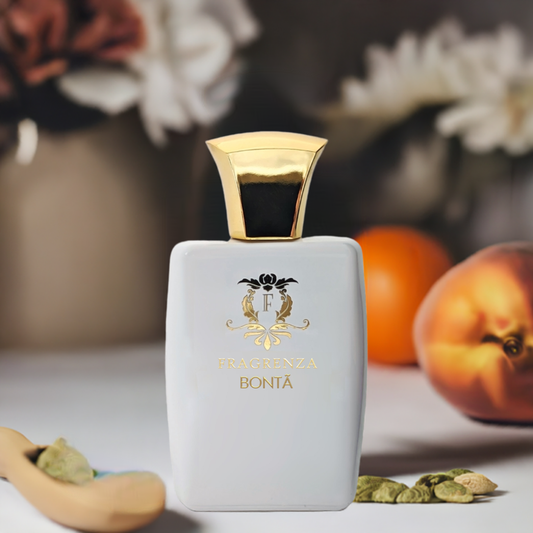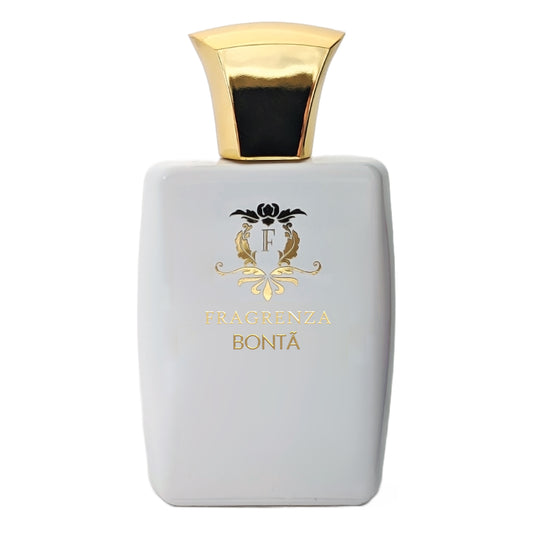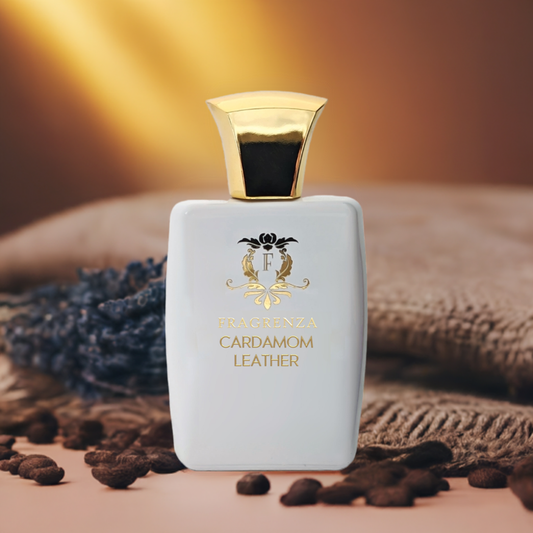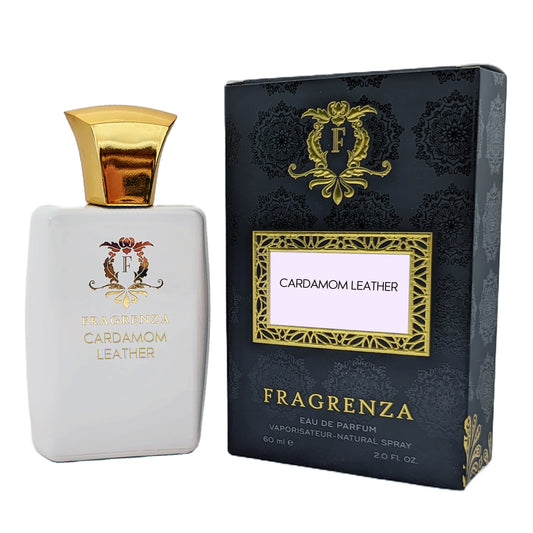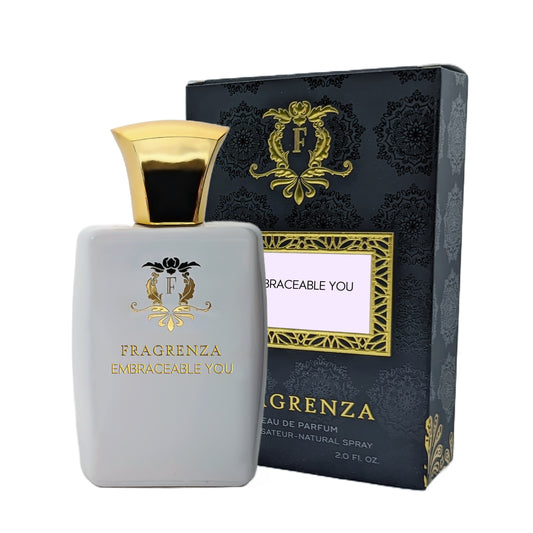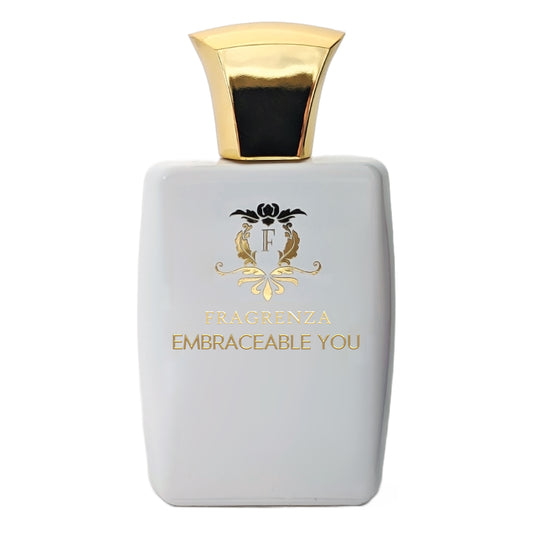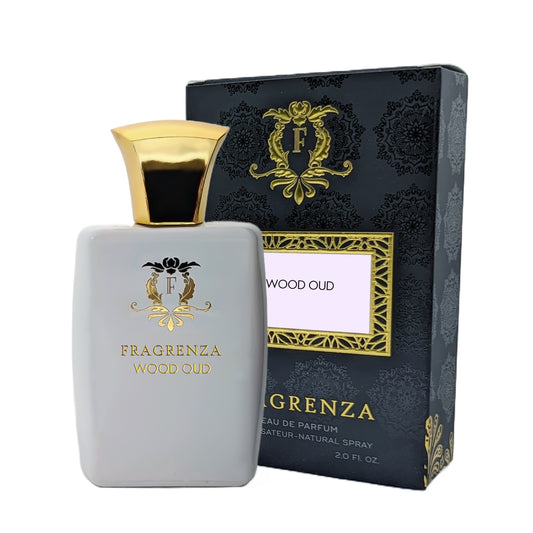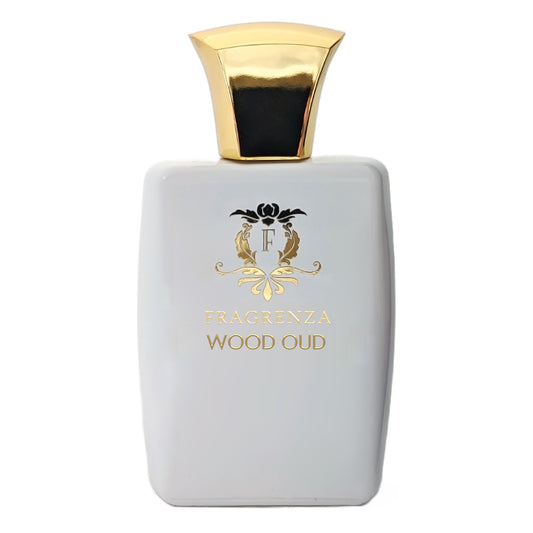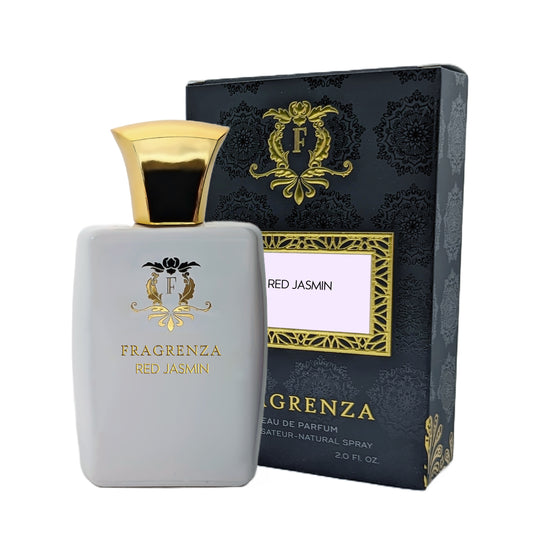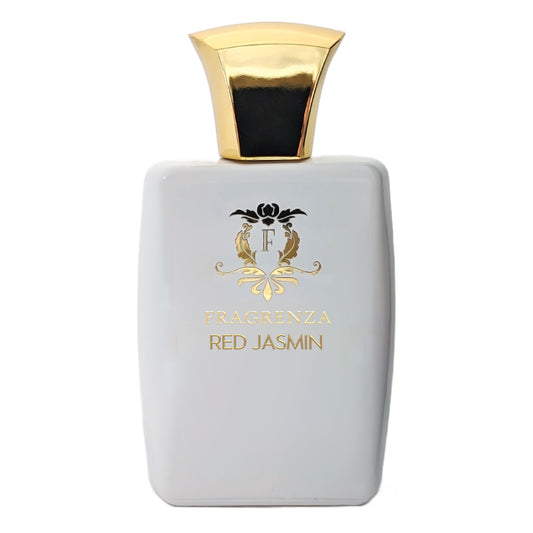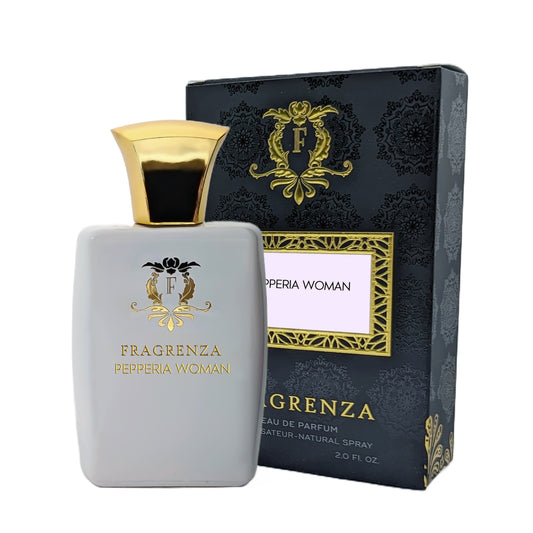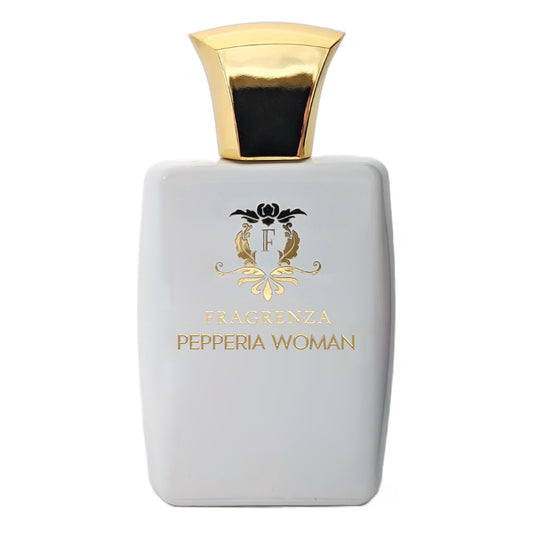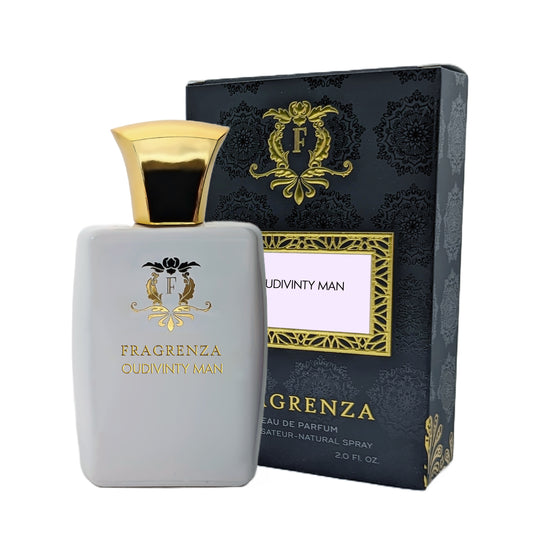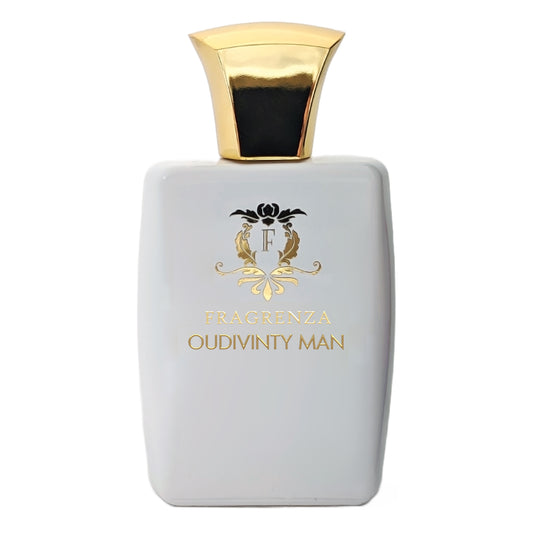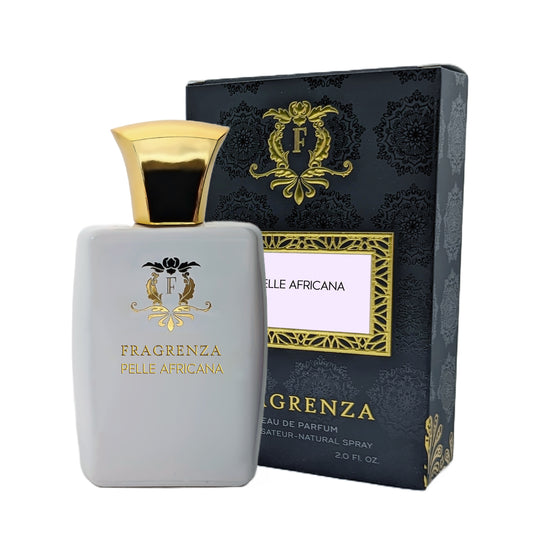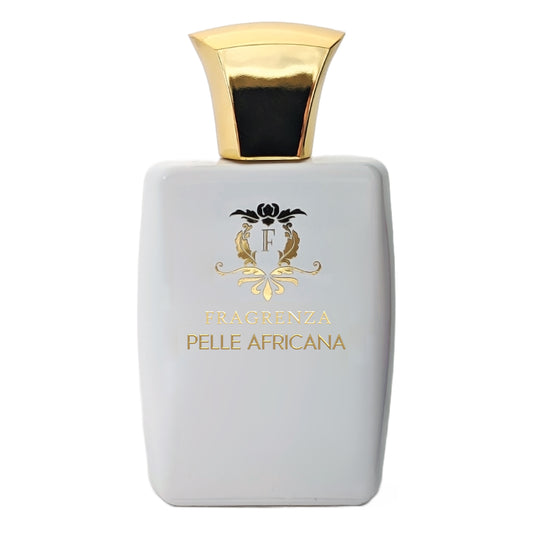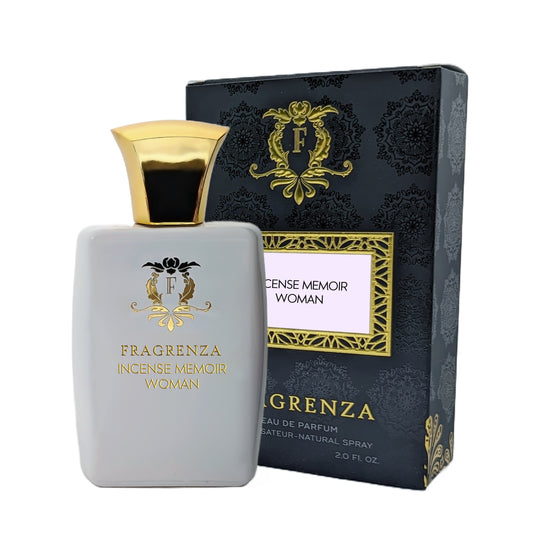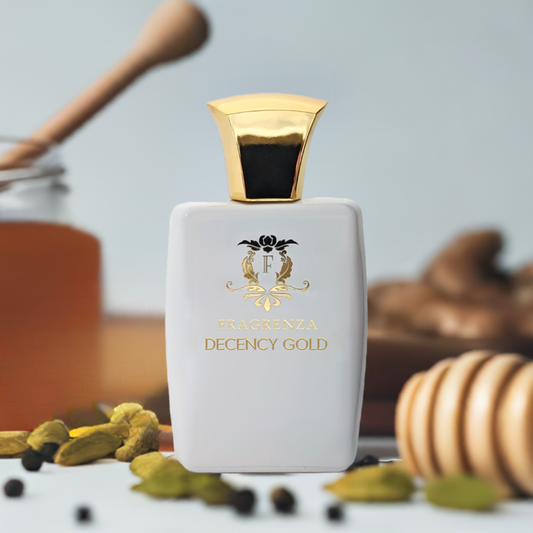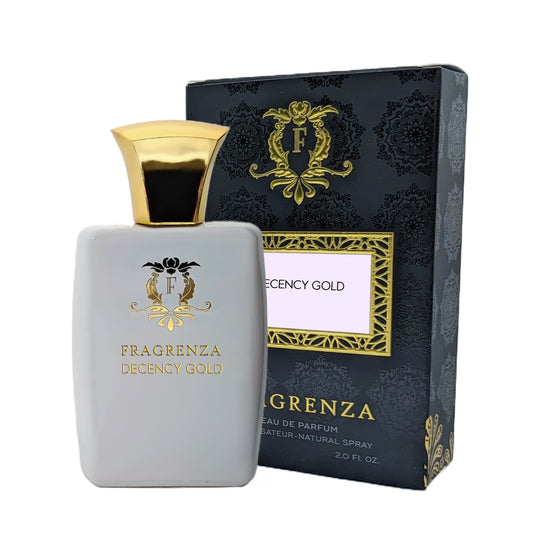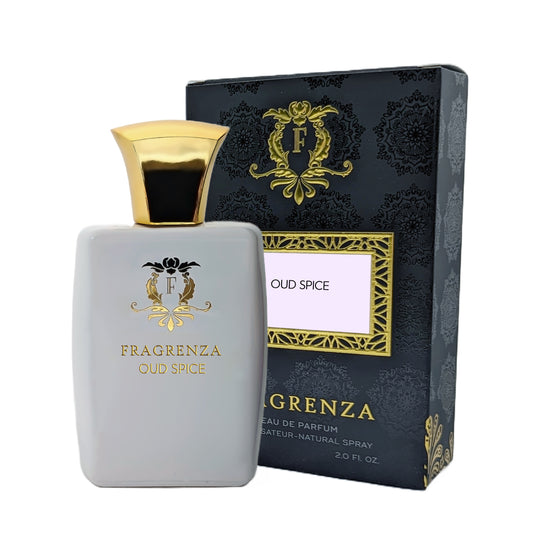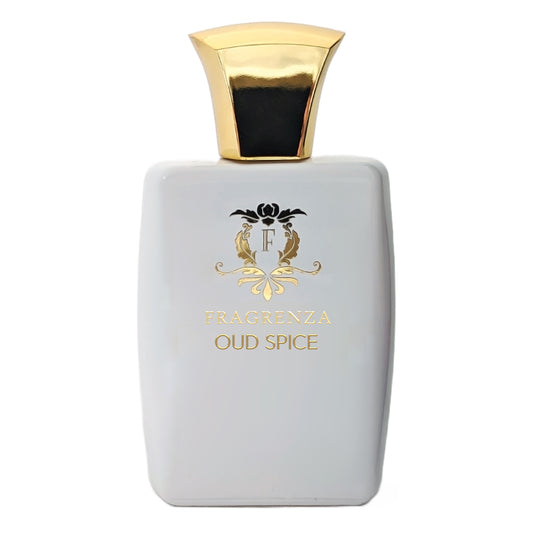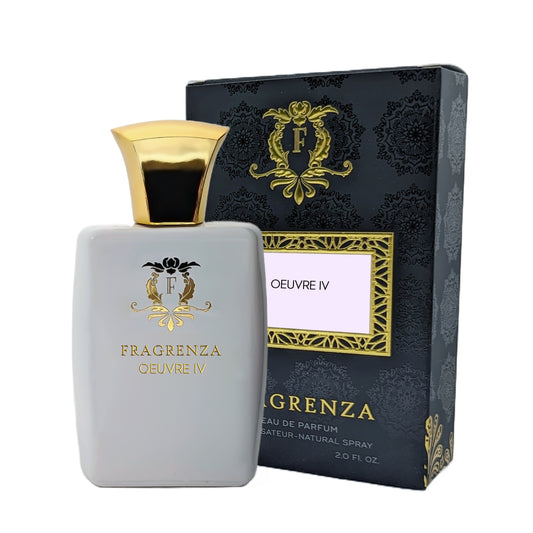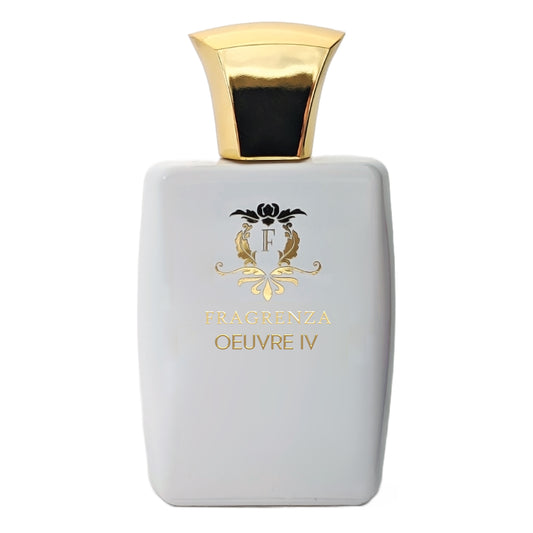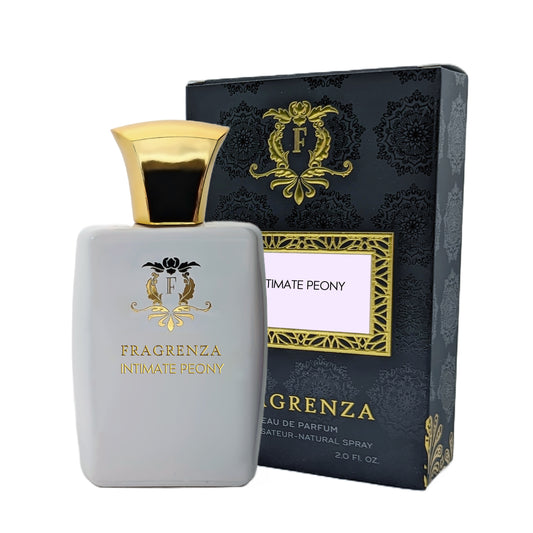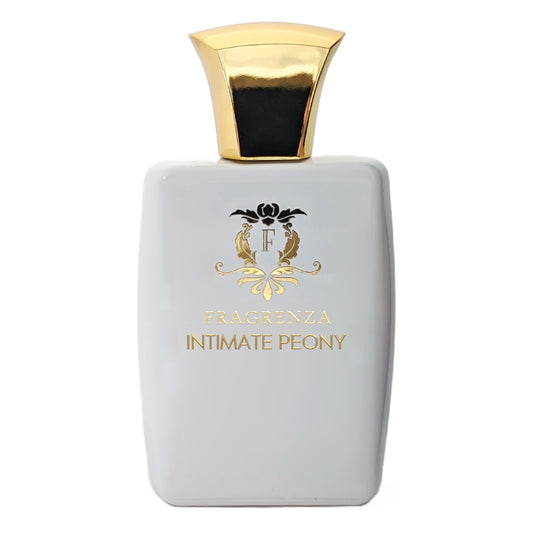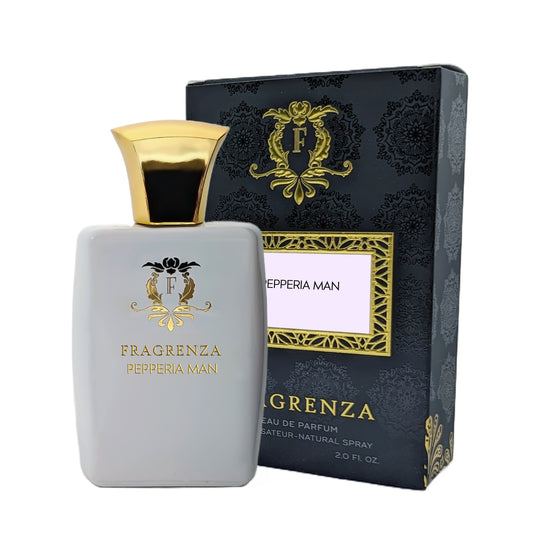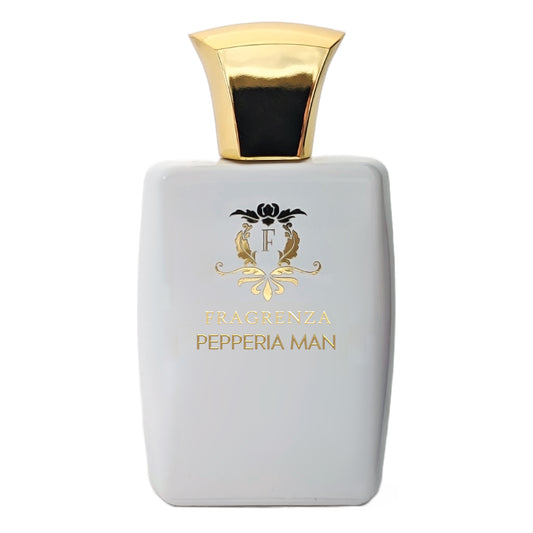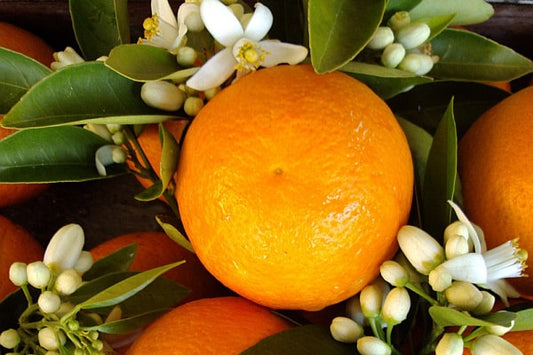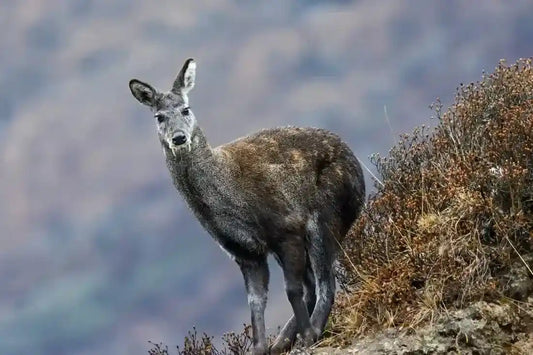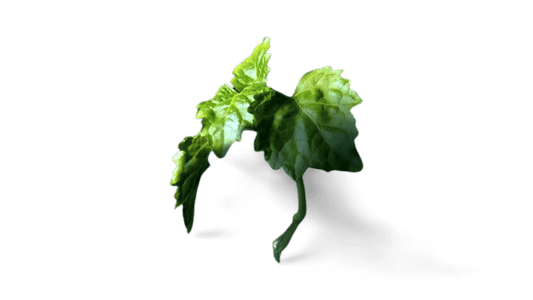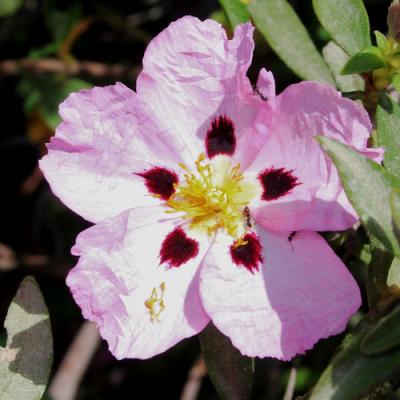- Better Peach Bitter Peach by Tom FordVendor:Inspired by Tom Ford Bitter Peach dupeRegular price From $9.99Regular price
$69.99Sale price From $9.99Sale - Piaceri da Amalfi Dolce Amalfi by XerjoffVendor:Inspired by Xerjoff Dolce Amalfi cloneRegular price From $9.99Regular price
- Erba Speziata Layton by Parfums de MarlyVendor:Inspired by Parfums de Marly Layton dupeRegular price From $9.99Regular price
$69.99Sale price From $9.99Sale - Normandy Brandy Apple Brandy On The Rocks by KilianVendor:Inspired by Kilian Apple Brandy On The Rocks cloneRegular price From $9.99Regular price
$0.00Sale price From $9.99 -
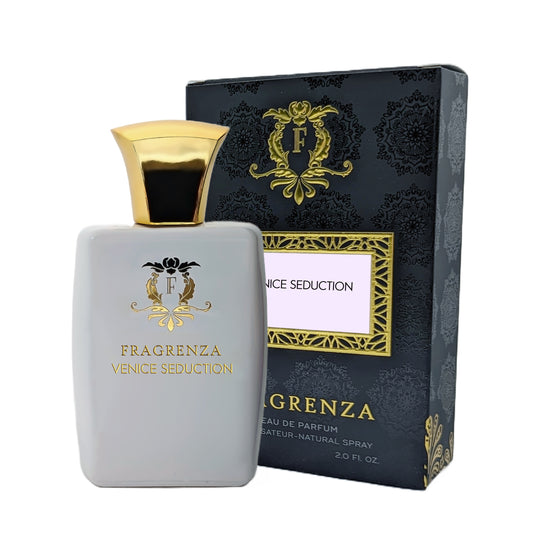
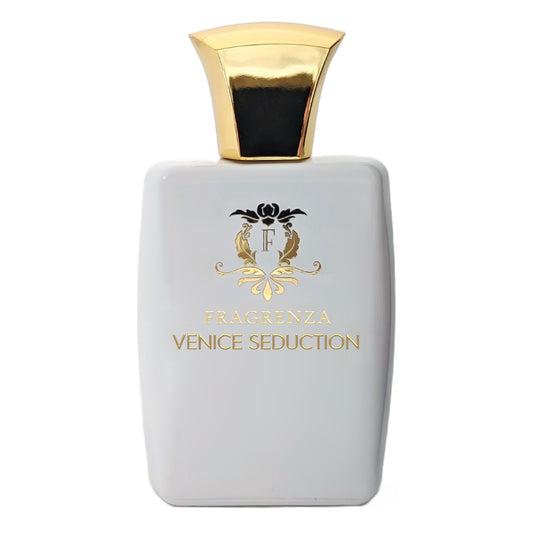 Sold outVenice Seduction Venice Seduction by FragrenzaVendor:Regular price From $9.99Regular price
Sold outVenice Seduction Venice Seduction by FragrenzaVendor:Regular price From $9.99Regular price$79.99Sale price From $9.99Sold out - Vanilla Panorama Vanilla Diorama by DiorVendor:Inspired by Dior Vanilla Diorama dupeRegular price From $9.99Regular price
$59.99Sale price From $9.99Sale - Azure Coast Costa Azzurra by Tom FordVendor:Inspired by Tom Ford Costa Azzurra cloneRegular price From $9.99Regular price
$69.99Sale price From $9.99Sale - Pietra Blu Armani Privé - Bleu Lazuli by Giorgio ArmaniVendor:Inspired by Giorgio Armani Armani Privé - Bleu Lazuli dupeRegular price From $9.99Regular price
- Bontà Bontà by FragrenzaVendor:Regular price From $9.99Regular price
- Cardamom Leather Ombré Leather by Tom FordVendor:Inspired by Tom Ford Ombré Leather dossierRegular price From $9.99Regular price
$69.99Sale price From $9.99Sale - Embraceable You Sensual Instinct by MontaleVendor:Inspired by Montale Sensual Instinct dupeRegular price From $9.99Regular price
- Wood oud Oud Wood by Tom FordVendor:Inspired by Tom Ford Oud Wood cloneRegular price From $9.99Regular price
$79.99Sale price From $9.99Sale - Red Jasmin Jasmin Rouge by Tom FordVendor:Inspired by Tom Ford Jasmin Rouge dupeRegular price From $9.99Regular price
$79.99Sale price From $9.99Sale -
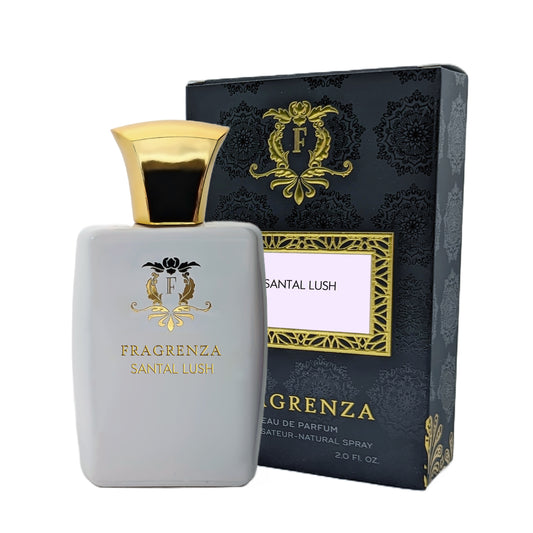
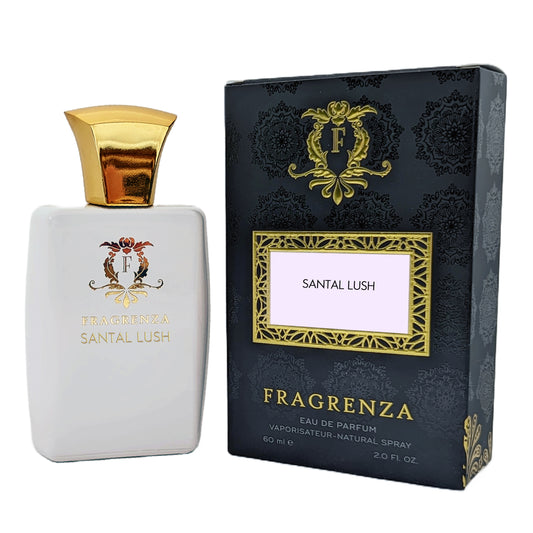 SaleSantal Lush Santal Lush by FragrenzaVendor:Regular price From $9.99Regular price
SaleSantal Lush Santal Lush by FragrenzaVendor:Regular price From $9.99Regular price$79.99Sale price From $9.99Sale - Pepperia Woman Journey Woman by AmouageVendor:Inspired by Amouage Journey Woman dossierRegular price From $9.99Regular price
- Oudivinty Man Epic Man by AmouageVendor:Inspired by Amouage Epic Man dupeRegular price From $9.99Regular price
-
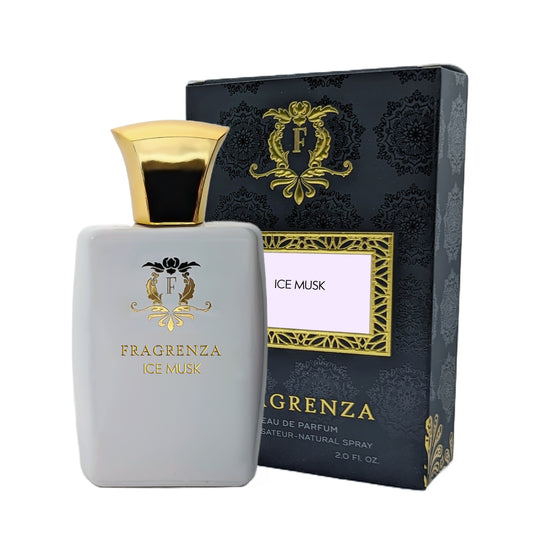
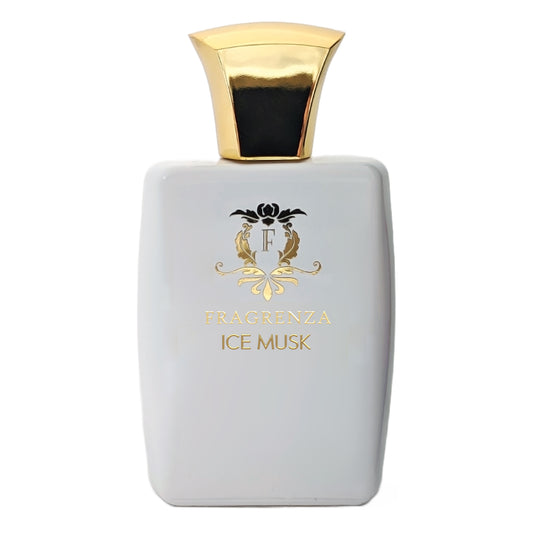 SaleIce Musk Ice Musk by Fragrenza TwistVendor:Regular price From $9.99Regular price
SaleIce Musk Ice Musk by Fragrenza TwistVendor:Regular price From $9.99Regular price$69.99Sale price From $9.99Sale - Pelle Africana African Leather by MemoVendor:Inspired by Memo African Leather dupeRegular price From $9.99Regular price
- Incense Memoir Woman Memoir Woman by AmouageVendor:Inspired by Amouage Memoir Woman cloneRegular price From $9.99Regular price
- Decency Gold Scandal Gold by Jean Paul GaultierVendor:Inspired by Jean Paul Gaultier Scandal Gold dossierRegular price From $9.99Regular price
$69.99Sale price From $9.99Sale - Oud Spice Oud Fleur by Tom FordVendor:Inspired by Tom Ford Oud Fleur dupeRegular price From $9.99Regular price
$79.99Sale price From $9.99Sale - Oeuvre IV Opus IV by AmouageVendor:Inspired by Amouage Opus IV cloneRegular price From $9.99Regular price
- Intimate Peony Dia Man by AmouageVendor:Inspired by Amouage Dia Man dupeRegular price From $9.99Regular price
$69.99Sale price From $9.99Sale - Pepperia Man Journey Man by AmouageVendor:Inspired by Amouage Journey Man cloneRegular price From $9.99Regular price
Cannonball Flower Fragrances
Explore our collection of cannonball flower fragrances. Shop cannonball flower perfumes that will captivate your senses.Camphor Fragrances
Experience the invigorating scents of camphor fragrances. Discover the best camphor perfumes and immerse yourself in a refreshing aroma.Carissa Fragrances
Indulge in the captivating carissa fragrances. Explore the best carissa perfumes and let their enchanting scents transport you.Cassia Fragrances
Discover the delightful scents of cassia fragrances. Shop best cassia perfumes online and add a touch of elegance to your fragrance collection.Cascalone Fragrances
Immerse yourself in the world of cascalone fragrances. Experience the best cascalone perfumes for men and discover unique and captivating scents.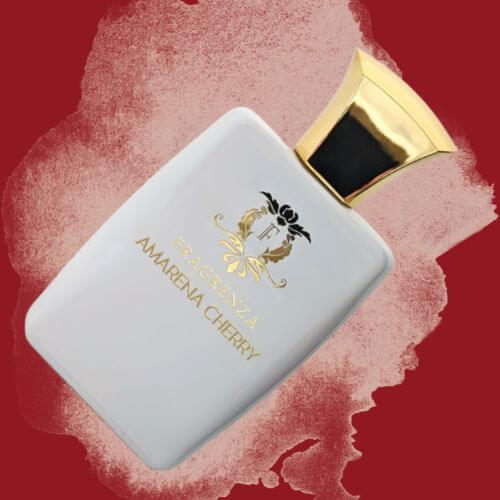
Amarena Cherry
Obsessed with cherry? If you want to really amp up the cherry scent, this Tom Ford Lost Cherry dupe will give Lost Cherry a run for its money. Black cherry, cherry syrup, and cherry liqueur all mingle together for an indulgent cherry overdose that’s complemented by notes of almond, tonka bean, Turkish rose, and jasmine sambac.
Spices
Elletaria Cardamomum Other names: cardamon, green cardamom, true cardamom
Collapsible content
Description
Cardamom is one of the world's oldest spices
And the third most costly after saffron and vanilla. It is endemic to the woods of the Western Ghats in southern India, where it grows wild. It grows in Sri Lanka, Guatemala, Indochina, Tanzania, El Salvador, Vietnam, Laos, and Cambodia, among other places. Cardamom was well known in ancient times, and the Egyptians used it in fragrances and incense and chewing it to whiten their teeth, while the Romans used it to soothe their stomachs after overindulging.
Cardamom was found by the Vikings in Constantinople
Around a thousand years ago and introduced to Scandinavia, where it is still popular today. There are two primary kinds of cardamom described below, although four related species are found from Africa to Australia. Small green cardamom Elettaria cardamomum with large red/black cardamom Amomum subulatum or Amomum tsao-ko
Green cardamom is the most frequent kind
It is indigenous to Southeast Asia, growing in tropical rain forests from India south to Sri Lanka, east to Malaysia, and west to Indonesia. Black cardamom grows predominantly in Asia and Australia, whereas Amomum subulatum, commonly known as Nepal cardamom, has smaller pods and is primarily used in Indian cuisine. At the same time, Amomum Tsao-ko has bigger pods used to cook in China's Sichuan province. Both plants are members of the Zingiberaceae family.
Cardamom has a unique and robust taste
With an intensely aromatic and resinous scent. From my description, green cardamom is minty and fragrant, and I love to chew it, and it's something natural and safe that kills mouth odors from some pungent foods like garlic and onions. While black cardamom has a smoky, earthy flavor and has a strong taste and aroma, it cannot be chewed. Cardamom keeps best in pod form because once the seeds are exposed or crushed, they quickly lose their flavor. Cardamom was mentioned in the ingredient list of panchasugandha-thambula or five-cent betel chew in the Manasollasa or Book of Splendor in the 11th century in India. It was also mentioned in recipes from the Sultan of Mandu's court dating back to approximately 1500. Sorbets and rice dishes infused with cardamom are among the recipes included. Natural cardamom, also known as green cardamom, has become a commodity traded with South Asia during the last thousand years, thanks to Arab traders. In 1524, the Portuguese explorer Barbosa recorded exports from the Malabar Coast, near where cardamoms grew in the wild.
The worldwide cardamom trade
Was substantially established during Garcia da Orta's reign in 1563. Cardamom was developed as a supplementary crop on coffee plantations in other areas of India by the British colonies in the nineteenth century. Green cardamom is one of the most costly spices in weight, but it adds a lot of flavors. Green cardamom powder is used as a spice in sweet foods and as a traditional flavoring in coffee and tea in the Middle East. In the Nordic countries, as in Finnish sweet bread pulla or Scandinavian Julekake bread. In South Asia, green cardamom is often used in traditional Indian sweets and masala chai spicy tea. When you're weary or feeling down, a cup of spicy cardamom tea will perk up your senses. Black cardamom is sometimes used in garam masala for curries. It is sometimes used as a garnish on basmati rice and other meals. Because of its size, it is commonly referred to as fatty cardamom. A dessert known as kheer would be incomplete without the flavor of cardamom. It is a well-known and popular dish in India and Pakistan. In terms of its traditional application, it is typically used to heal skin problems and assist digestion.
Cardamom in different languages
French: cardamome. German: Kardamom. Italian: cardamomo, cardamone. Spanish: cardamomo. Burmese: phalazee. Chinese: ts’ao-k’ou. Hindi and Urdu: chhoti elachi, illaichi. Indonesian: kapulaga. Malay: buah pelaga. Sinhalese: enasal. Tamil: elam. Thai: grawahn, kravan.
Cardamom extraction method
Cardamom essential oil is derived from Elettaria cardomomum via steam distillation of the seeds of fruits collected shortly before maturity. Valerius Cordus distilled the essential oil for the first time in 1544 when the Portuguese found the Orient. Cardamom oil has a light to pale yellow hue and slightly watery consistency, with a sweet, spicy, almost balsamic fragrance.
-
Our best sellers.
-
Adeline PDM Delina dupe Better Peach Tom Ford Bitter Peach dupe Chloris Gardenia Gucci Flora Gorgeous Gardenia dupe Fearless Love Kilian's Love, Don't Be Shy dupe Selvaggio Dior's Sauvage dupe Addict Noir YSL's Black Opium dupe Empress D&G's L'Imperatrice dupe Divino Bleu de Chanel dupe Lo amo J’Adore Dior dupe Pretty Girl Carolina Herrera's Good Girl dupe
